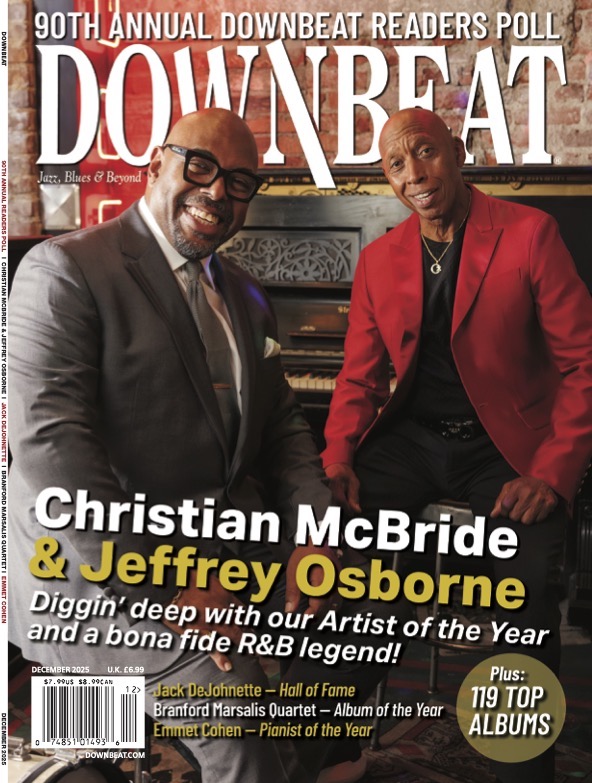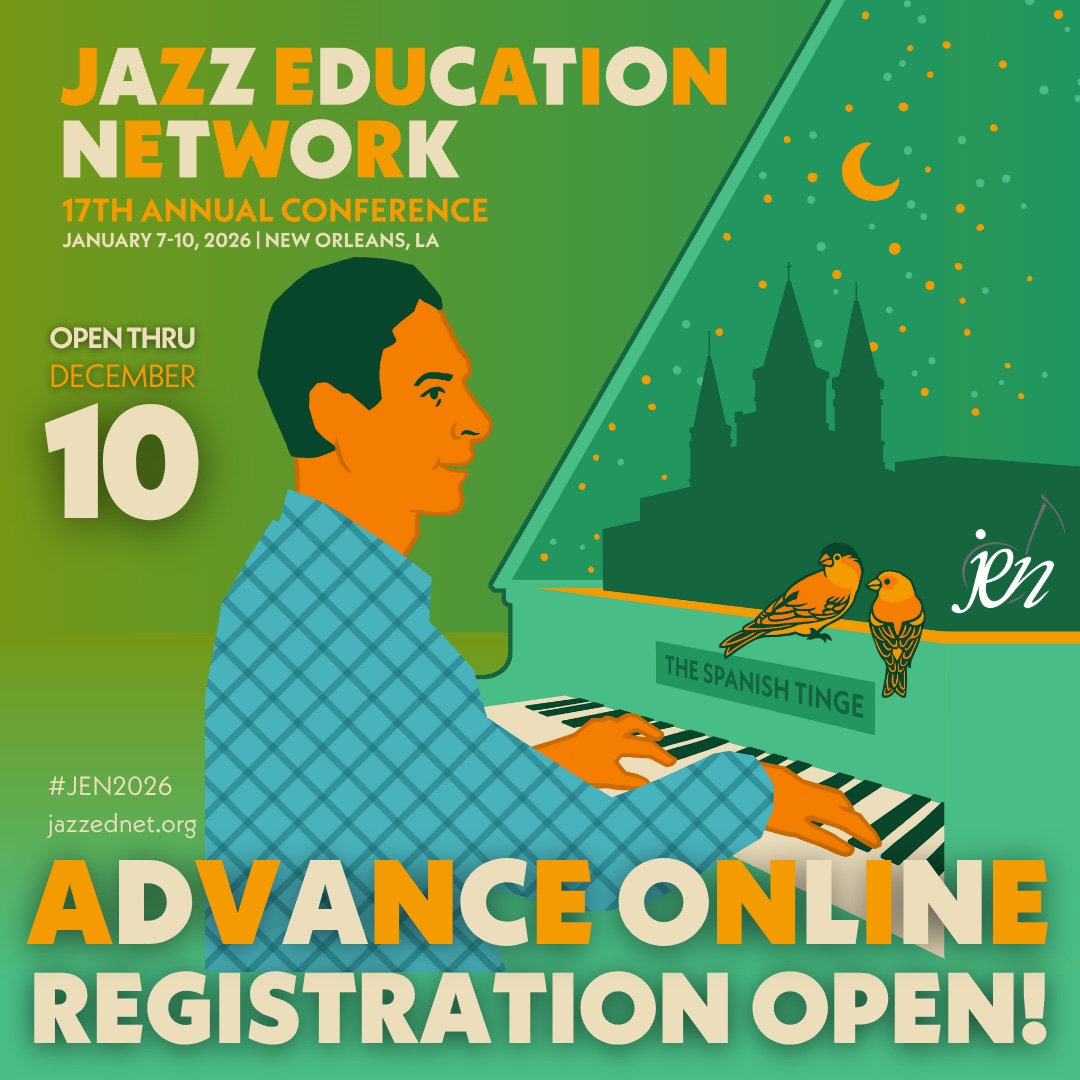Oct 28, 2025 10:47 AM
In Memoriam: Jack DeJohnette, 1942–2025
Jack DeJohnette, a bold and resourceful drummer and NEA Jazz Master who forged a unique vocabulary on the kit over his…
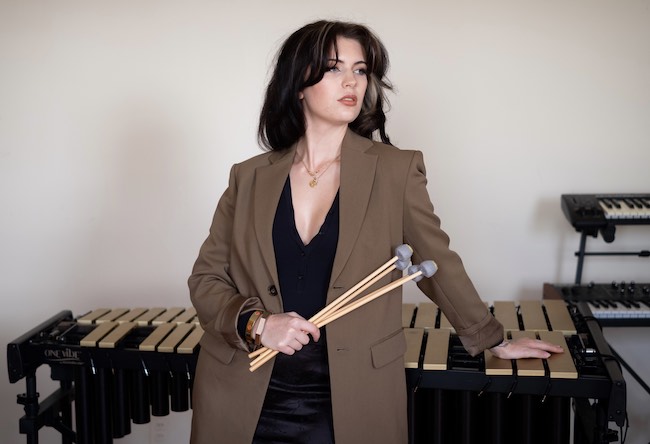
“What did I want more of when I was this age?” Sasha Berliner asks when she’s in her teaching mode.
(Photo: Gulnara Khamatova)Part of the jazz vibraphone conversation since her late teens, Sasha Berliner has long come across as a fully formed artist. For the 2020 DownBeat Critics Poll, she was the youngest ever to top the Rising Star Vibraphonist category when she was 21.
Equally comfortable incorporating straightahead acoustic and contemporary electronic aesthetics into her projects, she’s performed solo and led her own groups.
But as the 26-year-old Los Angeles resident prepared to send her third full-length album out to the world in late March, the San Francisco native is humble, with a deep well of self-knowledge and an easy ability to educate extemporaneously. Over a one-hour phone conversation from her home in L.A.’s East Hollywood neighborhood, she’s quick to cite her influences and praise her peers as she shares what life is like for a gigging and teaching working musician in 2025.
“It’s the first album I’ve finished that doesn’t feature any songs that I wrote while I was in college,” she said. “So I do feel like there’s a lot of growth in how I’m able to compose a song, and there’s more focus. I also think there’s more confidence and skill.”
Fantôme was released by the Manhattan-based Outside in Music label and features five originals and a Berliner arrangement of Billy Strayhorn’s “UMMG.”
“Some people have these really remarkable debut albums, and every other album after that is at least just as good,” she said. “But for me, I think I get better every time. Sometimes that can be hard to come to terms with, because the tendency is to think, ‘Oh, I wish I was better when I was first starting out.’ But that’s not always realistic.”
French for “phantom” or “ghost,” Fantôme advocates for a more incorporeal approach to musical genre categorization and the instrumentations usually found in the jazz world. With a core rhythm section of pianist Taylor Eigsti, bassist Harish Raghavan and drummer Jongkuk Kim, it features trumpeter David Adewumi and saxophonist Rico Jones as well as pianist Lex Corten as guests.
“I wanted to show a little more arrangement skill, even though it’s mostly a quartet album,” she said. “These people have really remarkable voices on their instruments.
“They don’t really sound like anybody who’s come before them, but they also have influences that pop out here and there. I feel like that’s what I was looking for. And I value people who are excited to play my music and bring it to life.”
After a spirited interpretation of the Strayhorn favorite from 1956, Berliner’s mournful “Khan Yunis” showcases a rapport between her elegiac vibraphone lines and Kim’s sweeping drumming and percussive accents. Written about the devastated second-largest city in Gaza, the piece reflects her incorporating global events among her compositional influences.
Expansive and enchanting, “The Worst Person In The World” was inspired by the Norwegian feature narrative film that ranked number 16 in the BFI best 50 films of 2021 poll and was described on its website as a “quarter-life crisis romcom.”
“Most people don’t know the reference and ask me, ‘Oh, who made you so angry?’ But I really respond to art and movies.” As another example, “NW,” from Berliner’s previous album, Onyx (JMI Recordings, 2022), references superstar author Zadie Smith’s 2012 novel of the same name.
“You can hear a lot of different ranges of genres and styles all within her writing,” said pianist Paul Cornish, a regular in Berliner’s bands. “That’s a fun part about it.”
Her open ear can be traced back to her musical roots. Born in San Francisco’s The Mission District and raised there and also in the city’s Potrero Hill neighborhood, she enjoyed life in a music-oriented family. (Her father, John Berliner, co-founded the San Francisco Rock Project, where her guitarist brother Cole is currently a substitute and camp teacher.) A drummer through her high school years, she made a switch of instruments à la jazz vibraphone founding father Lionel Hampton.
“It was something that got introduced to me when I was in high school, because nobody was playing it, and they had so many drummers already,” she recounted. “I was interested in getting better at the harmonic and melodic aspect of playing. And I was really interested in writing my own music, but I didn’t know how to structure chord progressions or what goes into making a good melody or how to understand the fabric of songs.”
Berliner studied vibraphone at the Oakland School for the Arts and is listed with film and television star Zendaya and R&B singer-songwriter Kehlani as notable alumni. She was also a member of the SFJAZZ High School All-Stars, and her bandmates included future collaborators alto saxophonist Nicole McCabe, bassist Kanoa Mendenhall and drummer Tim Angulo.
“It’s very cool, because we used to be in the SFJAZZ High School All-Stars together. So when you’ve known someone for that long and then we get to just see each other working professionally now, it’s really amazing,” she noted. Summers spent as a student at the Stanford Jazz Workshop led to future teaching opportunities there on the faculty with Cornish.
“Now we both teach there, and that’s really special,” she said. “So all of those studying and playing opportunities can really work out and pay off later.”
Given her own indirect path to playing vibraphone, Berliner seems likely to be especially open to hearing it in atypical settings. Indeed, the legacy of Chicago post-rock heroes Tortoise, with three percussionists switching between drums, vibraphone and marimba, was a familiar one to her.
“I knew Tortoise from when I was starting to play vibraphone,” she replied. “I grew up with a lot of rock music, and my dad is really into them. And of course I love [Southern California-based guitarist, composer and Tortoise member] Jeff Parker.
“The way that vibraphone was contextualized within Tortoise is unique,” she said. “They’re super captivating to watch live and just listen to the sonic space unfold.”
While Tortoise’s songbook is largely instrumental, there’s a different thrill in hearing vibraphone incorporated into music with vocalists. And the playing doesn’t need to be purely virtuosic to catch Berliner’s ear.
“There are certain bands where I’m like, ‘Man, I didn’t expect vibraphone in this,’” she said. “But I love how it played a role in this or that song. I love Brittany Howard and Alabama Shakes, and their album Sound & Color features vibraphone on a few songs.
“Even Tito Puente or Cal Tjader. They weren’t always playing ripping lines, and still the vibraphone was so present and so beautiful in their music,” she pointed out. “Same with Roy Ayers. So many of his songs were where vibraphone is just playing a part even though he could totally rip.”
A mention of Tjader and also Bobby Hutcherson brings up the topic of great vibraphonists in the San Francisco region. “I don’t know if I can say whether or not a style of playing vibraphone is regional or not,” she admitted. “Some people can make that argument with certain instruments and maybe overall sounds. I can’t say if a vibraphonist style is directly attributed to where they live or don’t live. But they both wrote songs about living in the Bay Area. And Bobby has a whole album called San Francisco [Blue Note, 1971].”
“NW” also doubles as an homage to Berliner’s own hometown in the U.S. Northwest. “San Francisco (Interlude)” from her 2019 debut album, Azalea, is a more direct titular reference. Her other original compositions have a variety of creative origins, including from her days as a student.
“When you study music in school, you might learn certain compositional or theoretical techniques that you want to try out,” she said. “I took a class with Jane Ira Bloom at the New School called ‘Linear Composition.’ She would introduce us to exercises where she would say, ‘Try writing a song based on this or with these limitations.’ Those ideas made their way into compositions that I came up with later.
“I studied a bit with Vijay [Iyer] after I went to Banff Centre for Arts and Creativity, and he has all these really interesting ways of dealing with music,” she added. “‘What if you take an interval and you expand or contract it by a certain set amount? How does that produce a new idea? Or what if you take an interval and you mirror it?’ It’s the same interval. But if you read it the other way, it produces a different note. It inspired me, and I definitely integrated into my compositions, too.”
Contemporary musicians also provide direct inspiration, she said. Eigsti, Jason Moran, Brad Mehldau (“a huge influence”), Walter Smith III (“I don’t think anybody writes like him. I feel like he’s one of the best”) and the late Geri Allen all get a shout-out.
As a graduate of several world-class performing arts schools and jazz programs, Berliner knows where institutional learning settings excel and where they leave room for improvement. In addition to teaching back in Northern California on the Stanford campus during the summer, she’s a part-time lecturer in jazz combo and jazz composition at University of California, Irvine.
“As a student, I remember what I really loved from my teachers and also what I felt like I could have needed more of,” she said. “So I take that into my own teaching experience and think, ‘What did I want more of when I was this age? And how can I provide that now?’”
A typical week for Berliner is anything but. She could be teaching, gigging locally, applying for grants, touring and/or composing. “Or doing management stuff and promotion and ordering CDs, vinyl and merch,” she said. “I might be checking mixes, too. It’s always something, right? That basically makes up for whatever I didn’t get to while I was on tour.”
Even performing live involves remaining flexible. She currently plays in the all-star KaSaNiMa quartet with McCabe, bassist Kaisa Mäensivu and drummer Mareike Wiening and leads East and West Coast versions of her groups. As her local friends take on a growing number of gig and teaching commitments of their own, she’s constantly expanding her roster of current and emeritus band members.
“She’s a great leader,” Cornish said. “Even though it is her band, she is definitely very open in terms of what everyone brings to her compositions and arrangements. So it feels very collaborative. She embraces the experiences and styles everyone else brings to her music.”
With money she’s raised through grants, Berliner has done low-cost shows at atypical and even pop-up venues. “Or I am doing a free master class in Philadelphia,” she said. “It’s aimed at students, but it could be for anybody.
“Still, it’s hard with music in general right now,” she acknowledged. “I know they really invest in the arts and in music overseas, and they really value it over there. The government will actually sponsor or fund a bunch of their engagements. But we don’t really have that here as much, so we have to hustle for those things more.”
What’s gotten a bit better, or at least more visible, is the challenge of being a musician from a marginalized community in the jazz world. Berliner wrote and posted an extensive open letter online back in 2017, when she was 19, about sexism and misogyny she experienced as a young musician.
“I was never really sure about exactly what the impact of something like that is. But it was important for me to say,” she said. “I did try to speak as eloquently and intelligently as I could at the time. And last week, I got a comment. The fact that people still bring it up today does make me happy in the sense that it really did resonate.
“There are a lot of students in particular who really related to my experiences,” she concluded. “They didn’t feel alone, and now people think and talk a lot more about these things.” DB
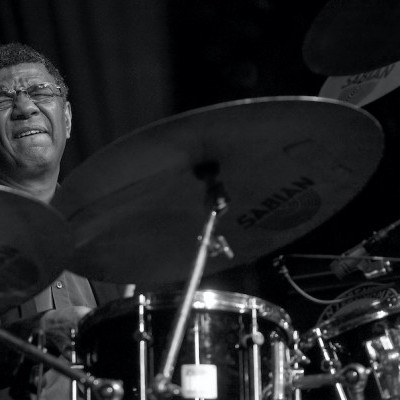
Jack DeJohnette boasted a musical resume that was as long as it was fearsome.
Oct 28, 2025 10:47 AM
Jack DeJohnette, a bold and resourceful drummer and NEA Jazz Master who forged a unique vocabulary on the kit over his…

D’Angelo achieved commercial and critical success experimenting with a fusion of jazz, funk, soul, R&B and hip-hop.
Oct 14, 2025 1:47 PM
D’Angelo, a Grammy-winning R&B and neo-soul singer, guitarist and pianist who exerted a profound influence on 21st…
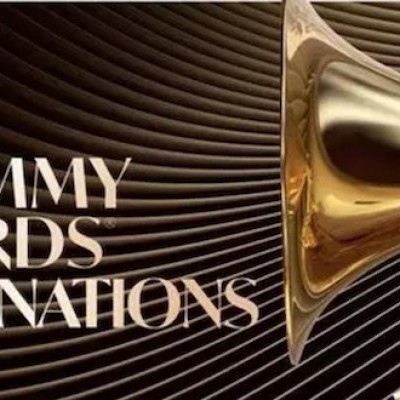
To see the complete list of nominations for the 2026 Grammy Awards, go to grammy.com.
Nov 11, 2025 12:35 PM
The nominations for the 2026 Grammy Awards are in, with plenty to smile about for the worlds of jazz, blues and beyond.…
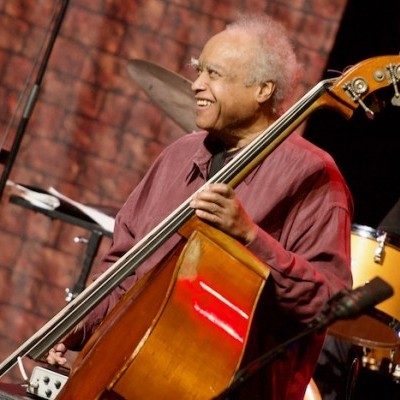
Drummond was cherished by generations of mainstream jazz listeners and bandleaders for his authoritative tonal presence, a defining quality of his style most apparent when he played his instrument unamplified.
Nov 4, 2025 11:39 AM
Ray Drummond, a first-call bassist who appeared on hundreds of albums as a sideman for some of the top names in jazz…
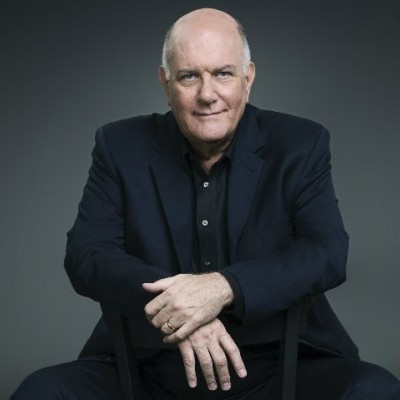
Jim McNeely’s singular body of work had a profound and lasting influence on many of today’s top jazz composers in the U.S. and in Europe.
Oct 7, 2025 3:40 PM
Pianist Jim McNeely, one of the most distinguished large ensemble jazz composers of his generation, died Sept. 26 at…

